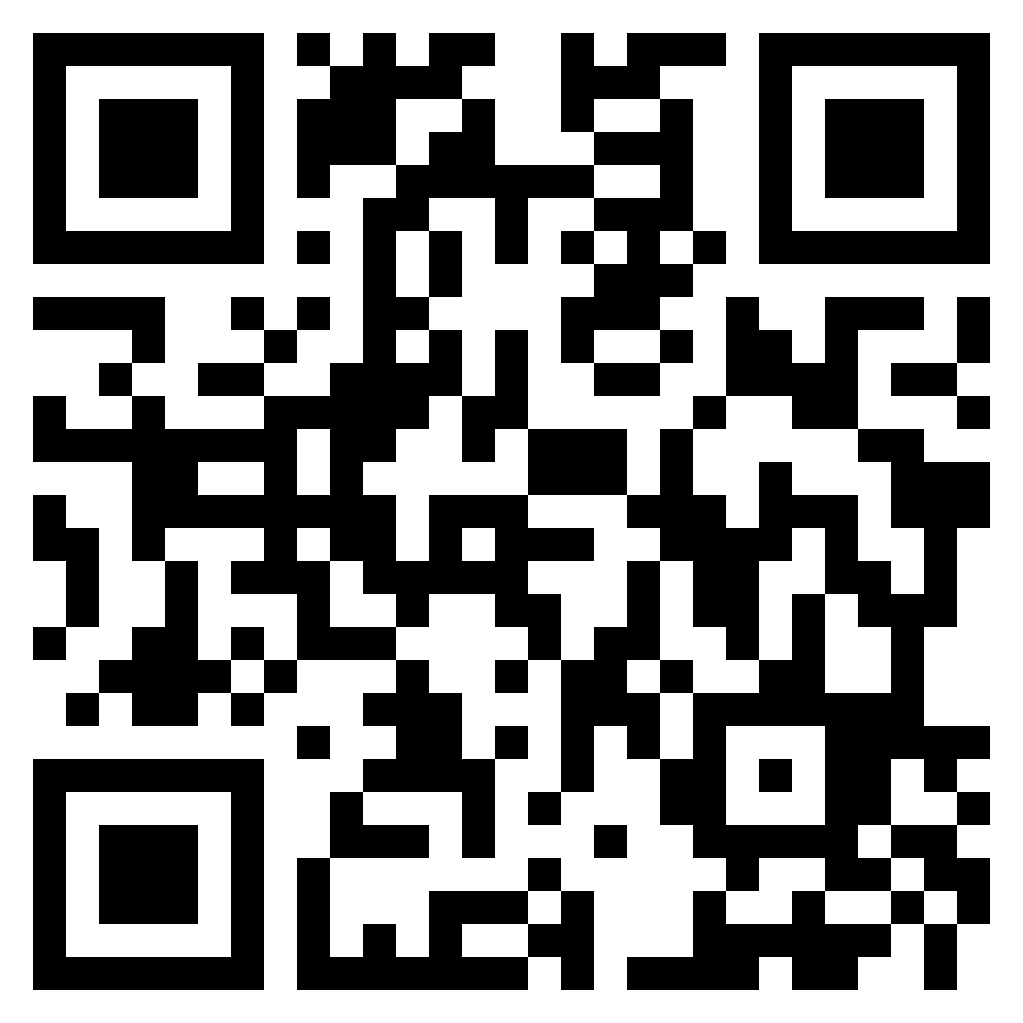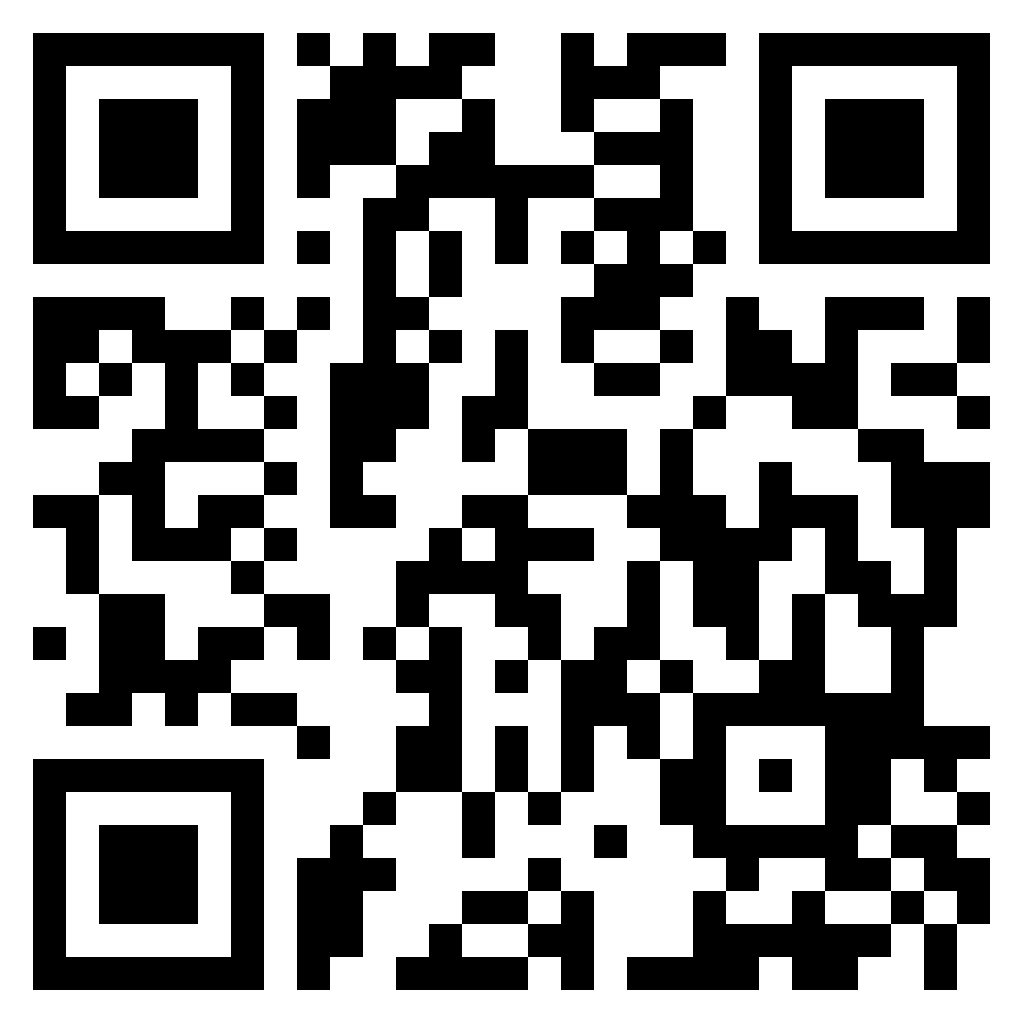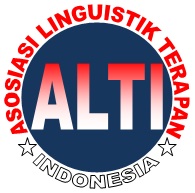Radio in the Midst of Technological Development and New Media: Case Study of Delta FM Broadcasting Segment "Siaran Lagu Cinta"
DOI:
https://doi.org/10.46961/mediasi.v1i1.400Keywords:
Radio broadcasting, technology, new media, media convergence,Abstract
This article discussed radio broadcasting technology in general and how the industry is relatively resilient amid the development of other media technologies today, such as the Internet. Internet technology is able to present number of social networks through social media that are interactive, direct, and user generated. In addition, the Internet forces conventional broadcasting industries such as radio to penetrate digital mechanisms by practicing radio streaming. Radio broadcasting also add this type of interaction to their listeners, for example through websites, blogs, vlogs (video blogs), Twitter, Instagram, Snapchat, and Facebook accounts. This integrated conventional media technology and new media is often called media convergence. By using qualitative approach and descriptive method, this paper explained a case of media convergence by one of the radio broadcast station in Indonesia that is Delta FM. As a result, Delta FM presents its broadcasts with the help of new media in order to survive in the broadcasting industry amid the current widespread use of new media.
References
Ahmad, Nur. (2015). Radio Sebagai Sarana Media Massa Elektronik, dalam At-Tabsyir Jurnal Komunikasi Penyiaran Islam Vol. 3(2), hal. 233-254.
Ardiningtyas, Yara; Hartono, Yudi. (2015). Perkembangan Radio sebagai Pers Elektronik di Madiun Tahun 1998-2013, dalam Jurnal Agastya Vol. 5(2), hal 161-181.
Dominick, Joseph R. (2009). The Dynamics of Mass Communication: Media in the Digital Age 10th Ed.
Flew, Terry. (2014). New Media: An Introduction. Second Edition. Oxford University Press.
Grant, August E., Meadows, Jennifer H. (2008). Communication Technology Update and Fundamentals 11th Edition. Elsevier Inc.
Jenkins, Henry. (2006). Convergence Culture: Where Old and New Media Collide. New York University Press.
Lugmayr, Artur; Zotto, Cinzia D. (2016). Media Convergence Handbook – Vol 1. Berlin: Springer.
McQuail, Denis. (2010). Mass Communication Theory 6th Edition. New York: SAGE Publications.
Straubhaar, Joseph, LaRose, Robert, Davenport, Lucinda. (2012). Media Now: Understanding Media, Culture, and Technology Seventh Edition. Boston: Wadsworth.
Downloads
Published
How to Cite
Issue
Section
Citation Check
License
You are free to:
- Share — copy and redistribute the material in any medium or format
- Adapt — remix, transform, and build upon the material
- The licensor cannot revoke these freedoms as long as you follow the license terms.
Under the following terms: Attribution; NonCommercial; and no additional restrictions.















